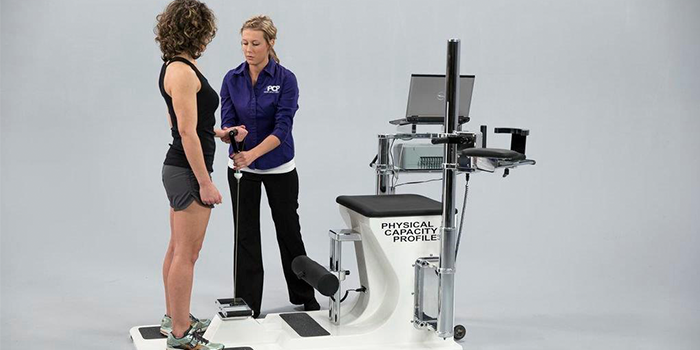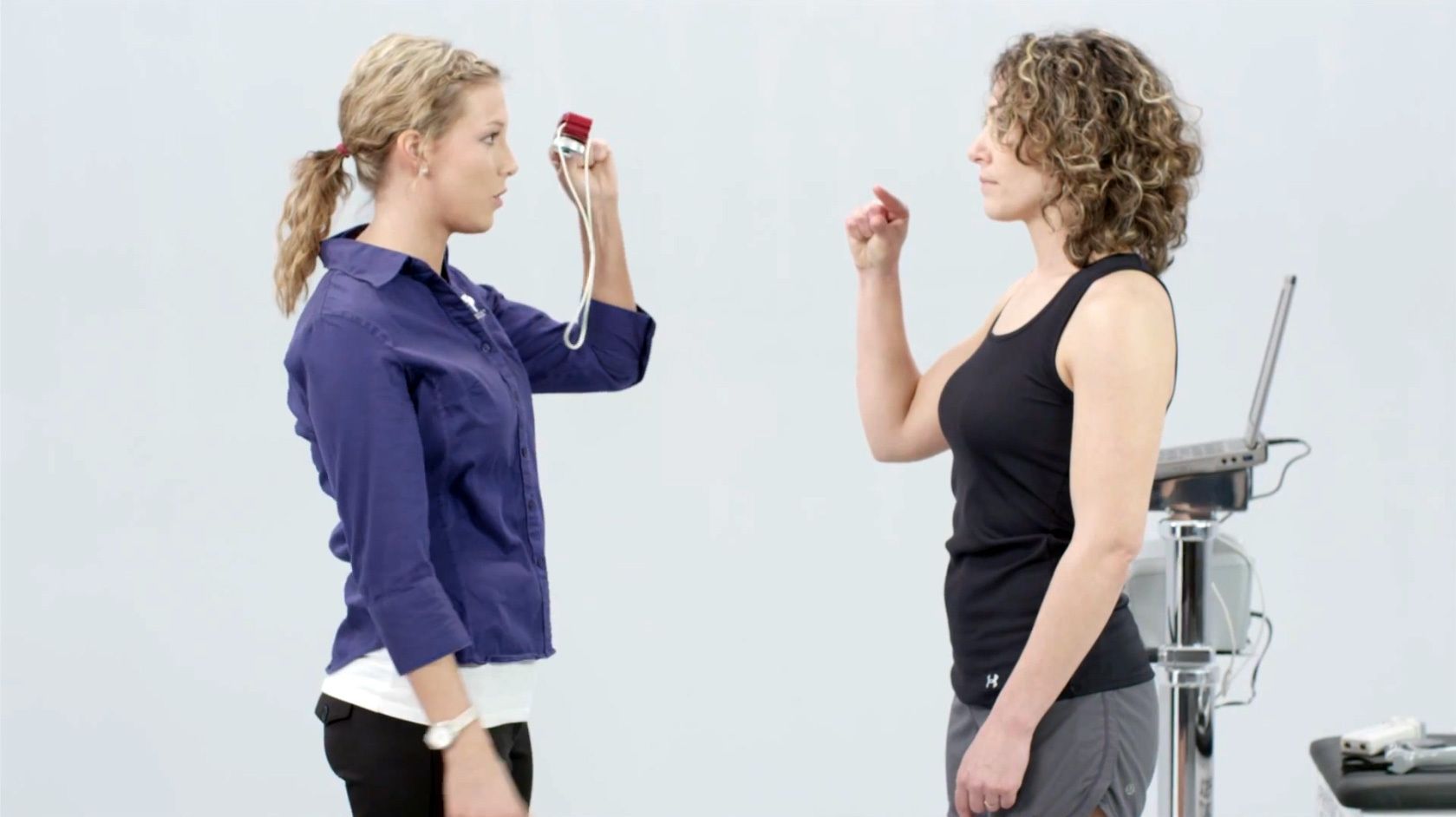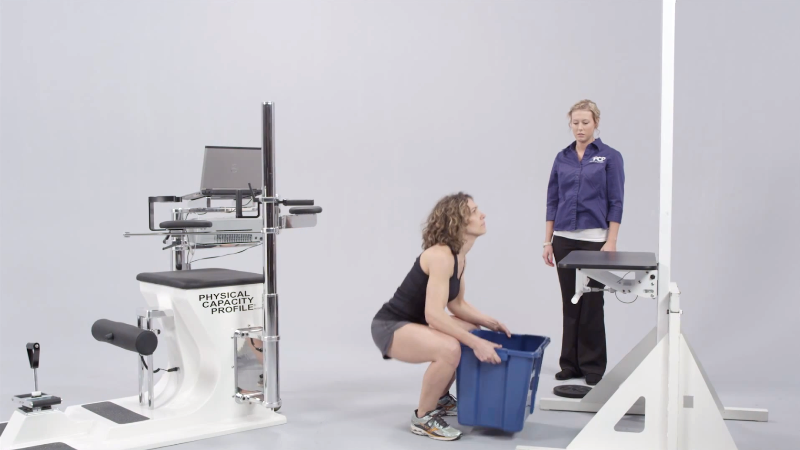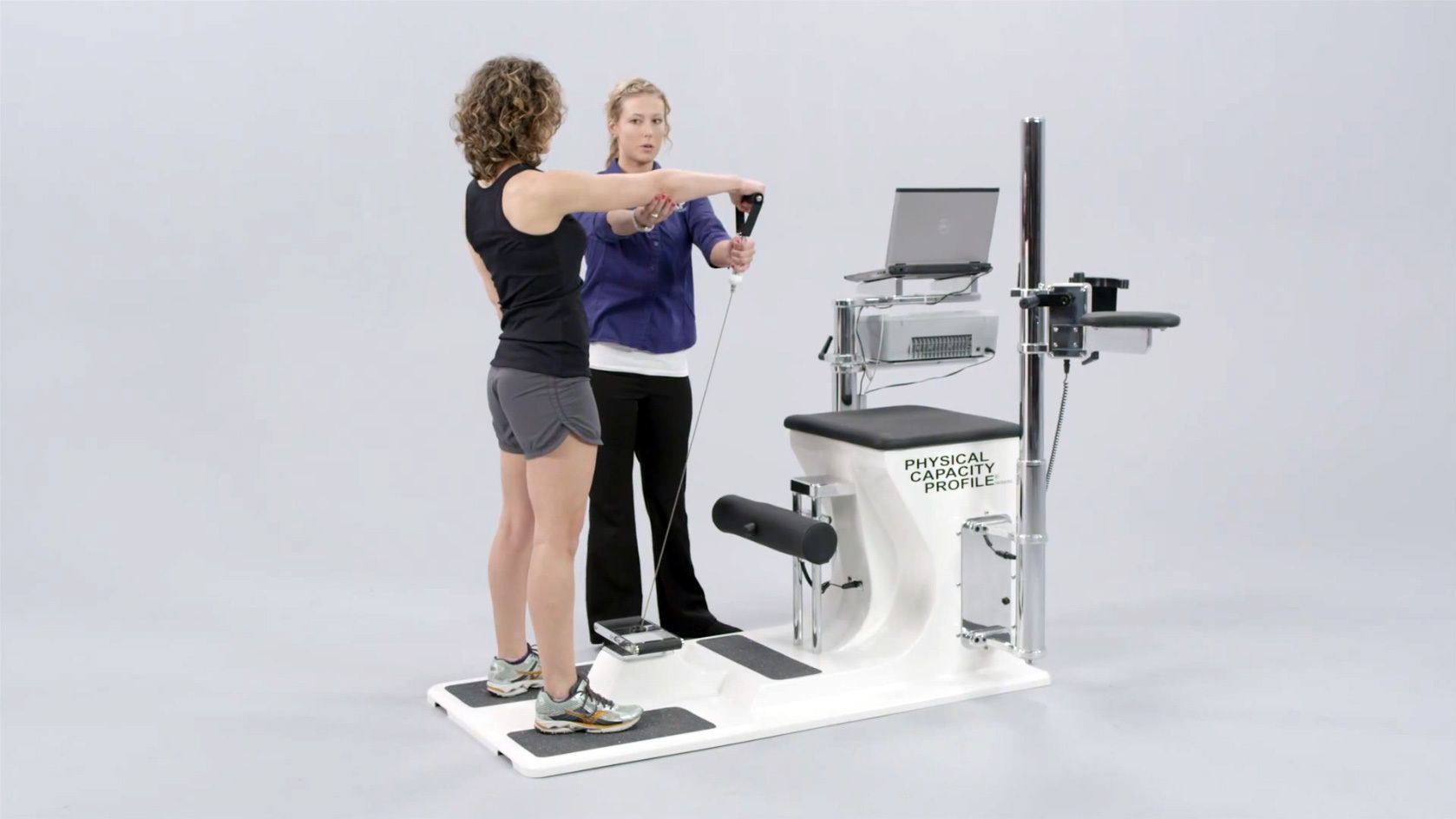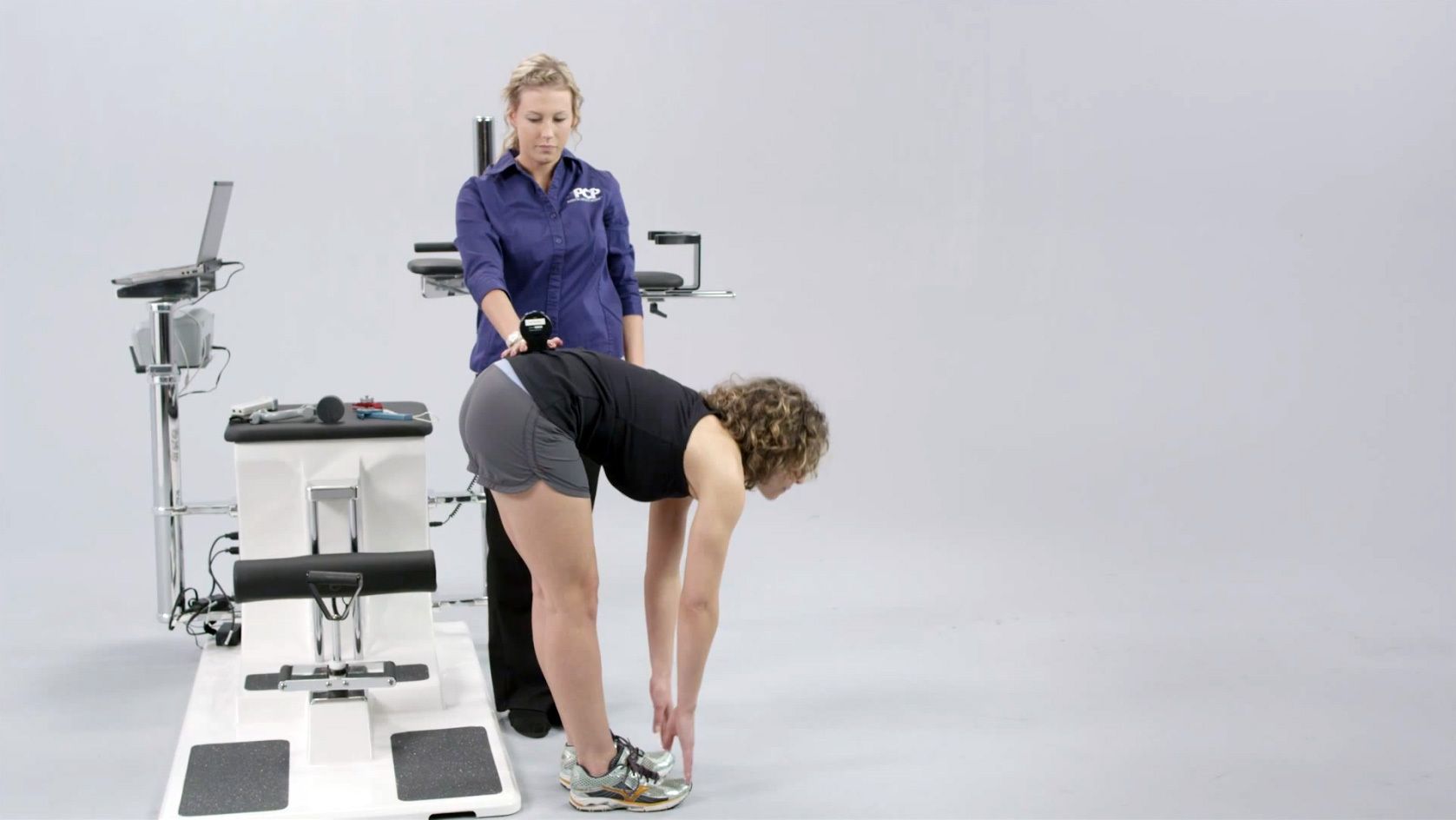How To Reduce Employee Turnover
- By PCP Staff
- •
- 23 Feb, 2015
- •

Physical Capacity Tests Ensure Your New Hire is Fit for the Job
In today’s fast-paced marketplace, recruiting, training, and retaining a qualified and capable workforce is an essential element of every human resource manager’s corporate strategy. In reality, attrition is a bottom-line cost that employers are struggling to mitigate. For organizations offering positions that are predicated on the employee’s ability to complete specific physical activities, making an employment offer contingent on a physical evaluation can be a successful strategy for ensuring that new hires are literally fit for the job.
The cost to continually replace new hires is multifaceted. It encompasses the cost to not only hire and train a replacement, but likely includes the cost of paid overtime to tenured employees who are filling in the gaps in the staffing model. Factoring in the cost of recruiting, interviewing, hiring, training and initial reduced productivity, the cost of turnover to an employer is significant, and is estimated at:
- 30 – 50 percent of salary for entry-level hires
- 150 percent of salary for mid-level hires
- 400 percent for high-level hires
Proper staffing of physically qualified individuals can help mitigate these financial loses.
Every candidate wants to maximize their potential for hire by testifying to their ability to meet the job requirements, but when successfully executing in a position is dependent upon the individual’s physical capabilities, employers must obtain more than a verbal commitment from the candidate that they are prepared for the job. The obtainment of objective medical data that validates that the individual meets predetermined physical requirements can be an essential element of an organization’s staffing strategy. While there are various ways to obtain such data, not all methods will be truly indicative of an employee’s ability to complete the specific physical requirements of the position.
Physician’s Exam
Employers considering requiring a physician’s exam as a job offer contingency should be aware of the risks involved in selecting this methodology. Physician’s exams are typically treated as pass/fail scenarios, with the ultimate determinations being based on the subjective opinion of the reviewer. Depending on who is conducting the test, a physician’s assistant, or a physician, the final determination could vary.
In addition, while a physician’s exam will likely include such biometric data as the individual’s body mass index (BMI), age, and blood pressure, it will not directly address the individual’s aptitude for the specific physical movements required of the job. Can the individual lift twenty pounds of inventory repeatedly in the warehouse? Can they push a two hundred pound patient in a wheelchair through a hospital corridor? While helpful to know some of the elements that will be recorded by a physician’s exam, the final report simply cannot validate for an employer if the individual is physically able to perform the job.
Job Task Simulation
A job task simulation is a tailored exam, conducted by a medical professional, which attempts to simulate the type of physical behavior the individual will be doing in the work environment. Here, an employer can now see if the individual can lift twenty pounds of inventory, or push the weight of a patient in a wheelchair. Still, a job task simulation does not provide a comprehensive evaluation, as it lacks data relative to historical risk factors. A job task simulation will not necessarily require the individual to disclose the torn rotator cuff they rehabilitated four years ago, or their chronic lower back pain. Like a physician’s exam, a job task simulation is still reviewed on a pass/fail basis or a graded scale determined subjectively by the reviewer. It offers no baseline, and no maximum measurements for post-rehabilitation evaluation of a patient’s progress. Finally, the one-time simulation does not aim to measure an individual’s ability to reproduce an activity to identify inconsistencies of effort. While an individual may be able to demonstrate his/her physical ability to perform a specific task for a finite period of time during a one-time simulation, an employer is still at risk that a preexisting impairment could prove debilitating over time and lead to the employee voluntarily terminating.
Physical Capacity Profile® (PCP) Testing
A PCP is the most comprehensive methodology for ensuring an employee can physically perform a job long term. The PCP test combines the valuable aspects of the physician’s exam, with the physical activity of the job task simulation, and adds in a third necessary component: electronically captured data with third party analysis and reporting based on industry standard impairment guidelines. PCP testing will ultimately deliver to an employer a three-page report with reliable historical medical information, current physical ability data, and impairment risk factors. More specifically:
- The first page of the report is designed to validate for the employer if the individual meets the physical demands of the job.
- The second page of the report documents any preexisting physical impairments per objective, and measureable guidelines established by the American Medical Association (AMA), as identified through electronically captured data and not a subjective evaluation.
- The third page of the report reflects the individual’s strength and ability test result values. In the event of a workplace injury, this data will verify for the treating medical team where the individual’s baseline capabilities were prior to the injury to ensure that the goal of any rehabilitation aims to return the employee to their physical ability level prior to their workplace injury.
Every employer should have a strategy for mitigating employee turnover. With proper physical capacity testing as an essential element of a comprehensive post offer evaluation strategy, organizations can be assured that their new hires stand the best ability to become valued long-term assets to the organization.

